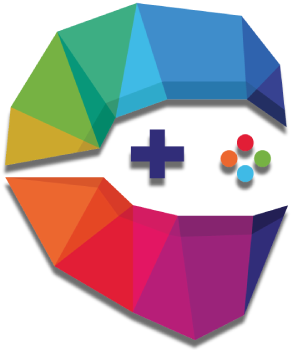As artificial intelligence becomes omnipresent in myriad facets of our lives, the race has shifted toward redefining its role in education. OpenAI and Anthropic are now at the forefront of this competition, each vying to establish its AI tools as the go-to solutions for higher education. This rivalry is not merely about providing students with algorithms to expedite their studies; rather, it’s a significant cultural shift in how future generations will engage with AI. The implications of these advancements have the potential to redefine learning altogether, bringing both opportunity and challenge.
Anthropic’s Strategic Academic Foray
Anthropic took a bold step recently by launching Claude for Education, marking its entrance into the academic realm. In collaboration with notable institutions like Northeastern University and the London School of Economics, this initiative is tailored to foster a nuanced interaction between AI and students. Unique to this platform is its “Learning mode,” which seeks to encourage critical thinking instead of merely dispensing answers. Questions posed in a Socratic manner compel students to analyze and strategize, which could empower them to think independently and effectively tackle complex issues.
This innovative approach embodies a transformation in educational paradigms—viewing AI not as a shortcut to solutions but as a co-pilot in the learning journey. This is a critical pivot, illustrating Anthropic’s understanding of the need for personal growth among students. The words of Larry Kramer, President of LSE, emphasize this potential: he articulates a vision where AI acts as a force for positive transformation in society. As students learn to navigate challenges with the guidance of AI, they will not just memorize facts but build a foundation for lifelong learning and adaptive thinking.
OpenAI: Setting the Standard for AI in Academia
In contrast, OpenAI has been laying down the groundwork for its educational initiatives significantly longer. The recent launch of ChatGPT Edu, powered by substantial financial commitments and partnerships, showcases their relentless drive to embed AI in academic settings. OpenAI’s NextGenAI Consortium, designed to propel AI research across 15 colleges, emphasizes their ambition to build a sustainable ecosystem where AI and education not only coexist but thrive.
Moreover, OpenAI’s offer of free access to ChatGPT Plus for U.S. and Canadian college students illustrates a commitment to making advanced tools accessible to everyone, particularly in times of heightened academic pressure, like finals. The potential ramifications of this accessibility are profound, as it positions OpenAI’s tools firmly within the fabric of student life. Leah Belsky’s remarks on the necessity of AI literacy resonate deeply in a world that’s rapidly evolving, emphasizing that students’ interaction with AI must extend beyond functionality—they must cultivate an understanding of how to leverage these technologies collaboratively.
The Implications of this AI Arms Race
At the core of this dynamic interplay between OpenAI and Anthropic is an understanding of the pivotal role that college students will play in the future of the workforce. These initiatives represent a critical paradigm shift as both labs strive to shape the next generation of thinkers and innovators.
However, this battle for dominance raises important questions: Will these tools truly enhance educational equity, or will they deepen the divide between those who have access and those who do not? As AI becomes increasingly central to learning, the challenge lies not just in providing technology but ensuring that it is utilized responsibly and effectively. The educational sector stands at a crossroads, and the decisions made today will deeply influence how future generations engage with AI technologies.
The competition between OpenAI and Anthropic is a reflection of a cultural evolution toward more integrated and thoughtful AI applications within education. But as these companies race to become the default AI tool for students, they must tread carefully. The implications of their decisions will define not just the future of academia but, perhaps more critically, the future of society itself. In nurturing critical thinkers, enhancing collaboration, and fostering a deeper understanding of technology’s role in their lives, these initiatives may very well lay the groundwork for a more informed and innovative generation.

